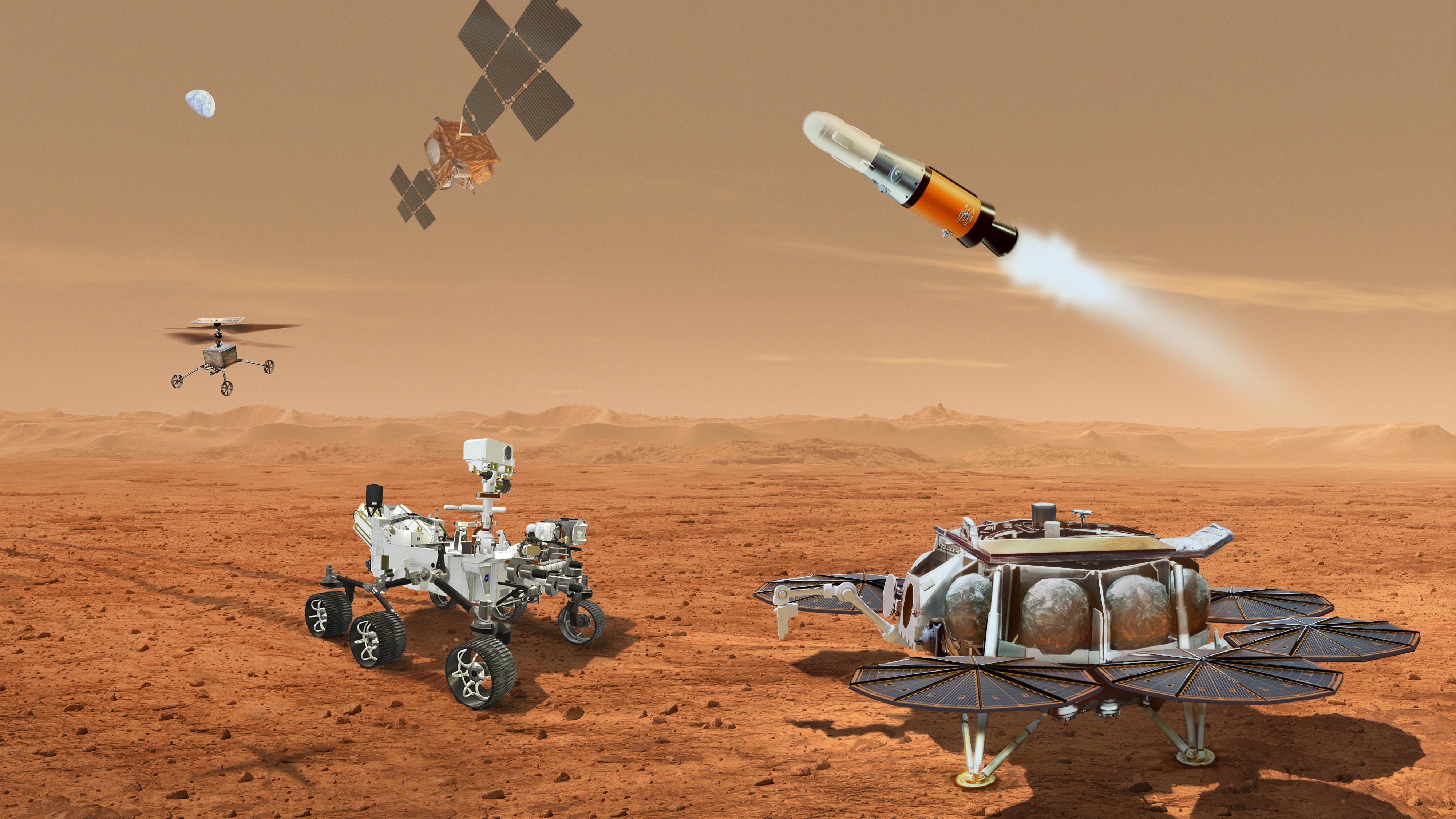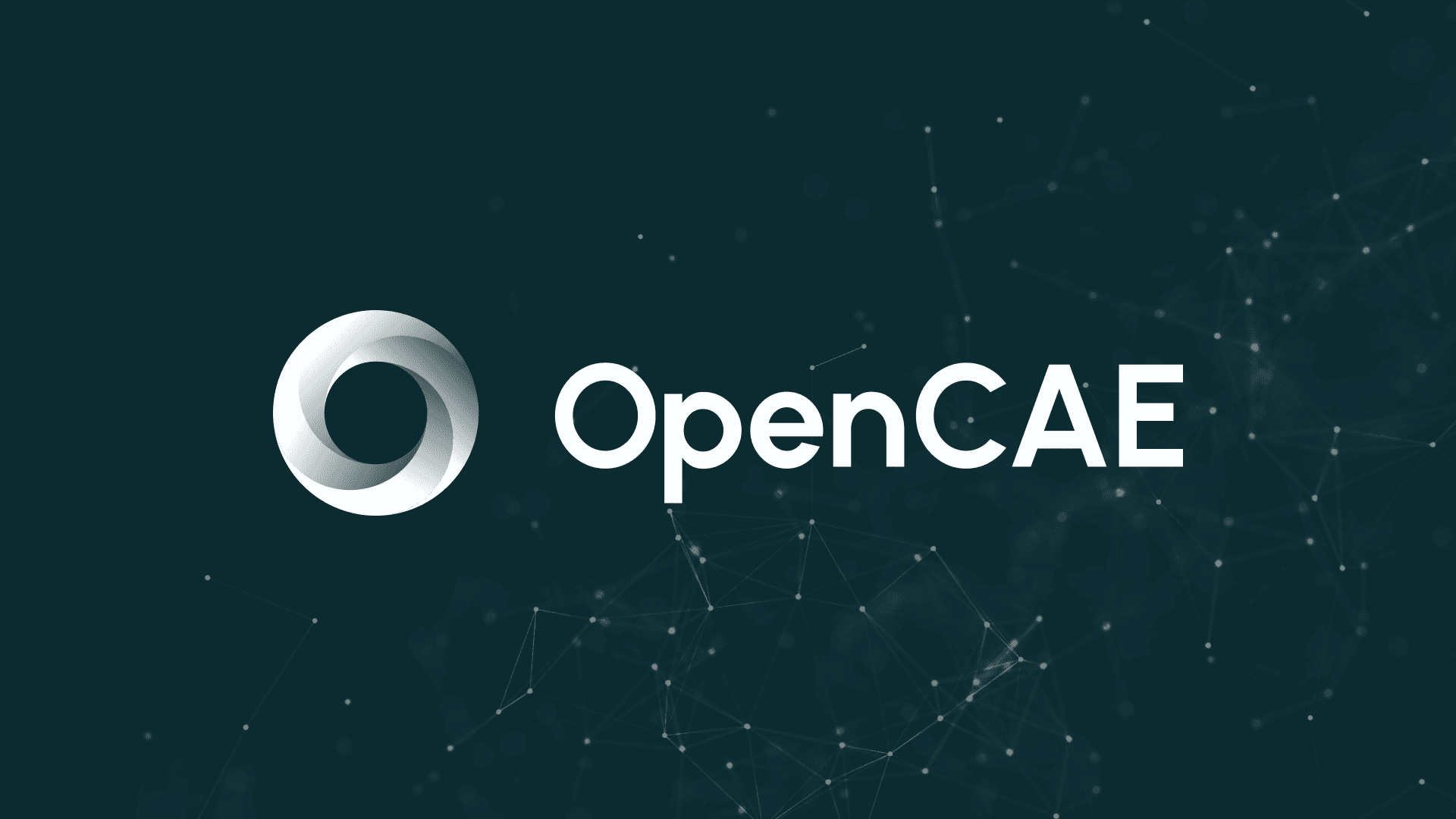
ArtCenter College of Design
1 year 8 months
Reimagining Access
Inclusive Technology Design for Archives and Special Collections
Role
UX Researcher and Designer
#accessibility

ArtCenter College of Design
1 year 8 months
Reimagining Access
Inclusive Technology Design for Archives and Special Collections
Role
UX Researcher and Designer
#accessibility

ArtCenter College of Design
1 year 8 months
Reimagining Access
Inclusive Technology Design for Archives and Special Collections
Role
UX Researcher and Designer
#accessibility
Overview
Overview
Overview
Background Context
Sponsored by the Institute of Museum and Library Services (IMLS), Reimagining Access is a user research and design project that aims to incorporate human-centered design processes into innovative experiences accessing archival digital collections using current and emerging technologies.
Six teams co-created with people with disabilities, including ADHD, dyslexia, blind or low vision, and deaf or hard of hearing through participatory design sessions. The project's mission was to consider accessibility throughout the end-to-end process, rather than an afterthought in product development.
Background Context
Sponsored by the Institute of Museum and Library Services (IMLS), Reimagining Access is a user research and design project that aims to incorporate human-centered design processes into innovative experiences accessing archival digital collections using current and emerging technologies.
Six teams co-created with people with disabilities, including ADHD, dyslexia, blind or low vision, and deaf or hard of hearing through participatory design sessions. The project's mission was to consider accessibility throughout the end-to-end process, rather than an afterthought in product development.
Background Context
Sponsored by the Institute of Museum and Library Services (IMLS), Reimagining Access is a user research and design project that aims to incorporate human-centered design processes into innovative experiences accessing archival digital collections using current and emerging technologies.
Six teams co-created with people with disabilities, including ADHD, dyslexia, blind or low vision, and deaf or hard of hearing through participatory design sessions. The project's mission was to consider accessibility throughout the end-to-end process, rather than an afterthought in product development.
Design Challenges
How might designers co-create with people with disabilities using human-centered frameworks and methodologies? How might we improve the user experience of digital archives that meets accessibility standards while upholding the integrity of digitized artifacts?
Design Challenges
How might designers co-create with people with disabilities using human-centered frameworks and methodologies? How might we improve the user experience of digital archives that meets accessibility standards while upholding the integrity of digitized artifacts?
Design Challenges
How might designers co-create with people with disabilities using human-centered frameworks and methodologies? How might we improve the user experience of digital archives that meets accessibility standards while upholding the integrity of digitized artifacts?
Design Approach
The scope was to build concept designs for ArtCenter College of Design’s Digital Archive and Special Collections. I led two case studies which ran for 14 weeks; each began from project ideation to development of high-fidelity prototypes. I then co-designed potential guidelines, principles, and prompts that address accessibility needs.
Design Approach
The scope was to build concept designs for ArtCenter College of Design’s Digital Archive and Special Collections. I led two case studies which ran for 14 weeks; each began from project ideation to development of high-fidelity prototypes. I then co-designed potential guidelines, principles, and prompts that address accessibility needs.
Design Approach
The scope was to build concept designs for ArtCenter College of Design’s Digital Archive and Special Collections. I led two case studies which ran for 14 weeks; each began from project ideation to development of high-fidelity prototypes. I then co-designed potential guidelines, principles, and prompts that address accessibility needs.






